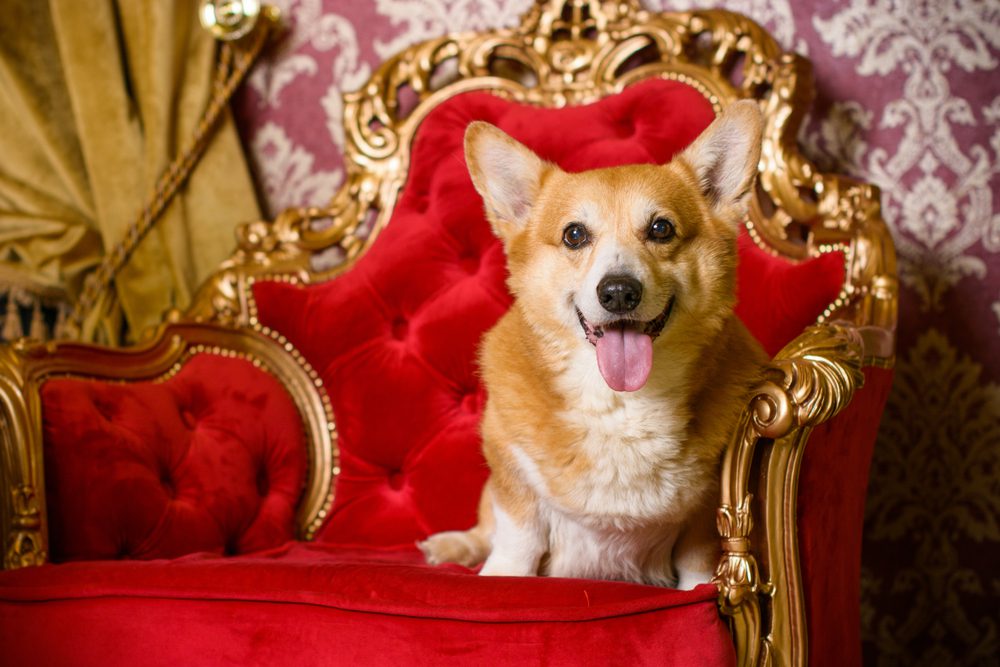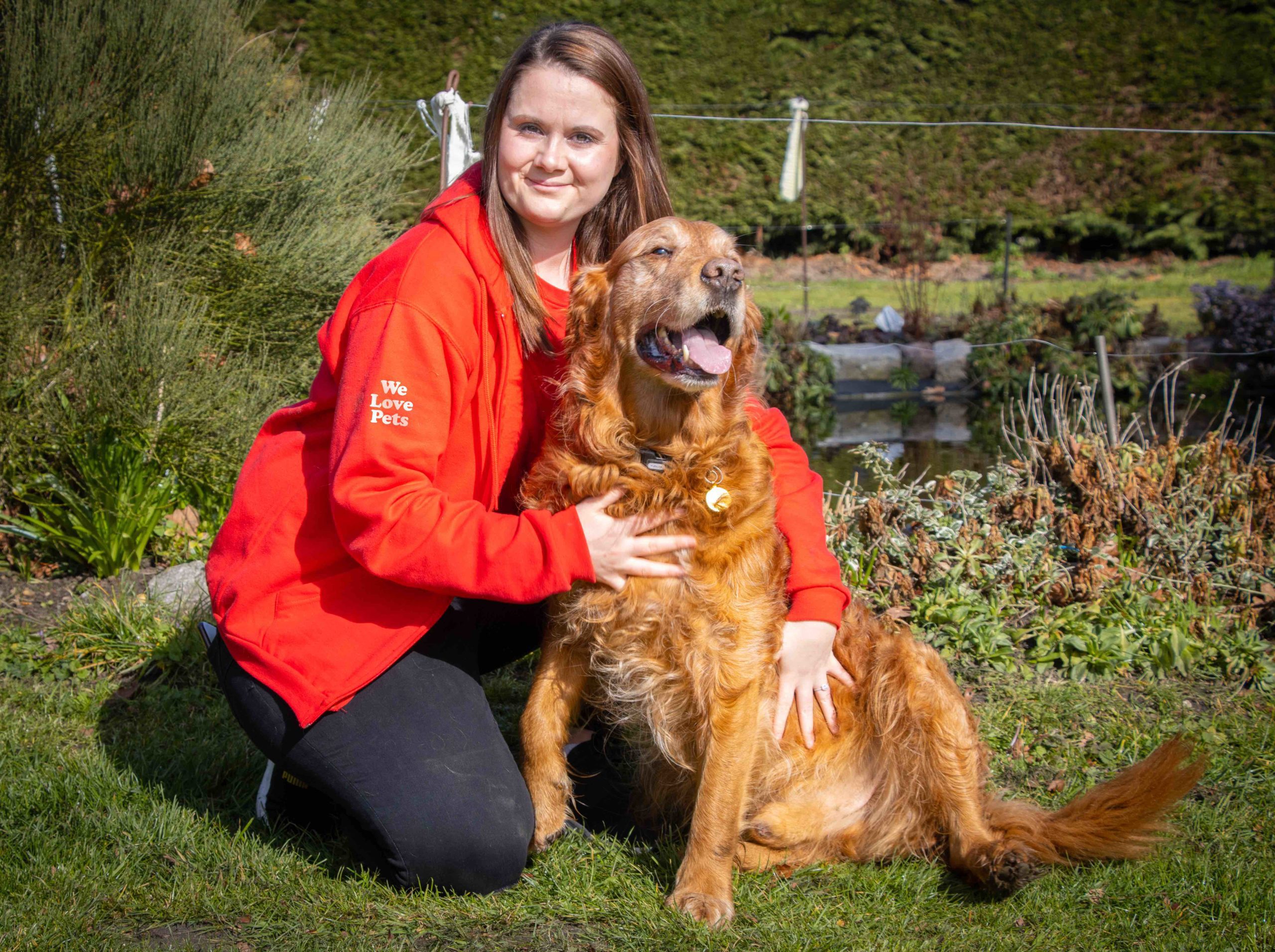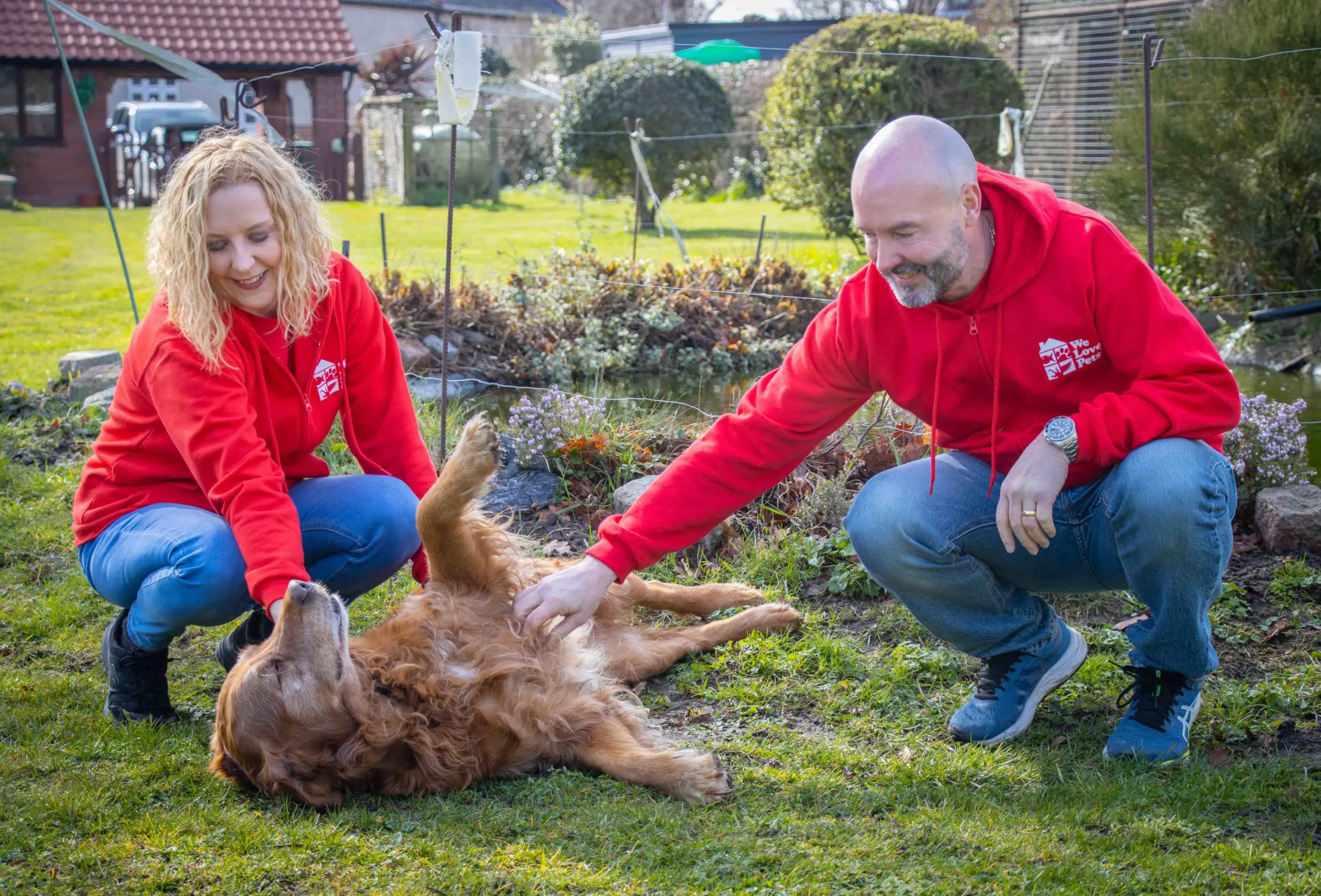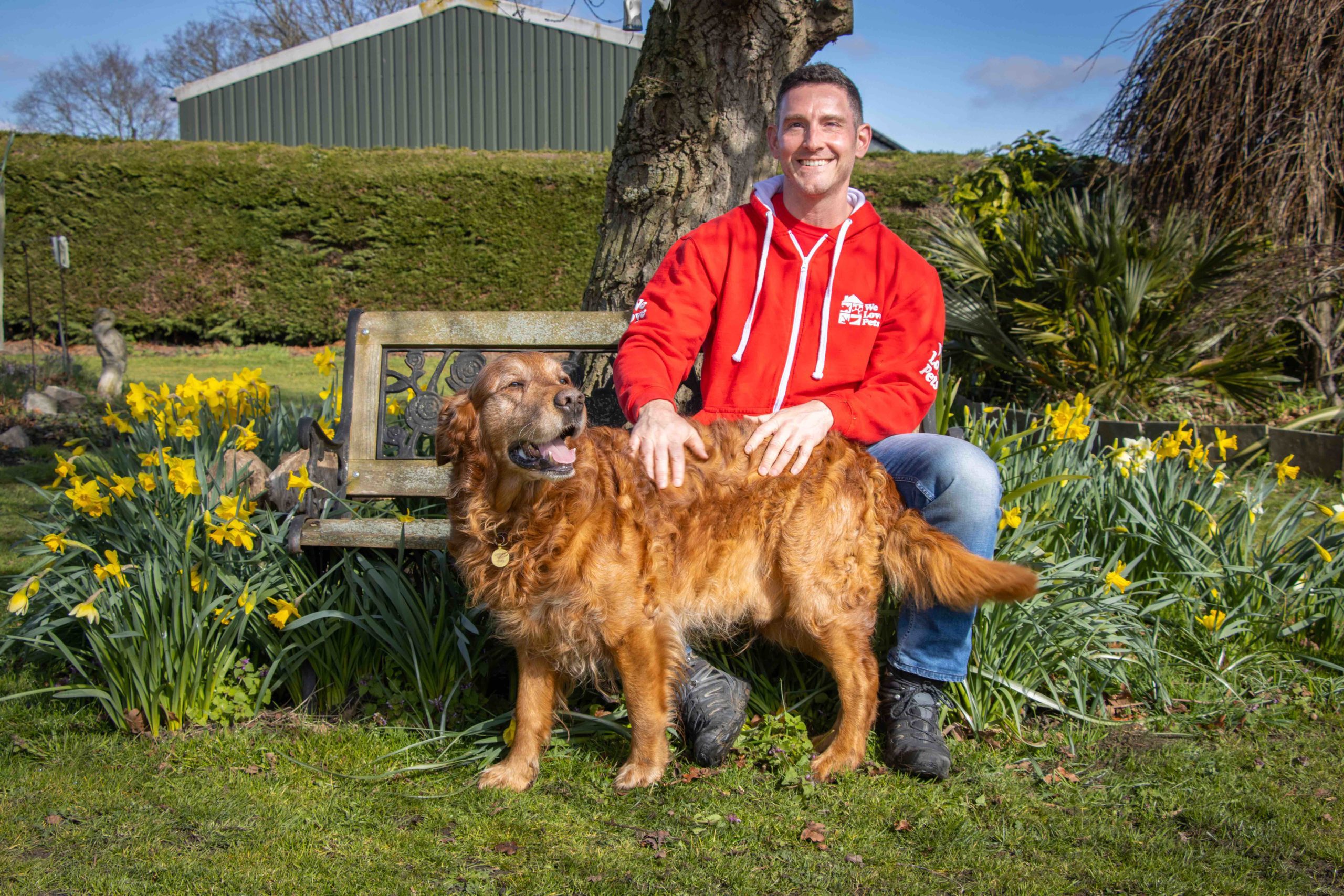Dogs have been loyal companions to humans for thousands of years and royalty have been no exception to this. In many ancient civilisations, dogs were regarded as symbols of loyalty, protection, and power, and they were often kept as pets by rulers and nobles.
Ancient Egypt
In ancient Egypt, dogs were highly regarded and even worshipped as gods. The god Anubis was often depicted with the head of a dog, and the ancient Egyptians believed that dogs had the power to guide the souls of the dead to the afterlife. The ancient Egyptians believed that dogs had the power to ward off evil spirits and protect their owners from harm. The Pharaohs of Egypt were known to keep dogs as pets, and they were often depicted in artwork and hieroglyphs. The Saluki, a sighthound breed, was particularly favoured by the Pharaohs for their speed and hunting ability.
Ancient Greeks
The same was true of the ancient Greeks, where dogs were also highly valued and were often kept as hunting companions by nobles and rulers. The Molossus, a large breed of dog, was used by the Greeks for hunting wild game, as well as for guarding their homes and properties. The Greek philosopher Aristotle even wrote about the importance of dogs in his book “Historia Animalium,” describing the different breeds and their characteristics.
The Romans
The Romans as kept dogs as pets and were often depicted in artwork and mosaics. The Roman Emperor Augustus was known to keep a pack of hunting dogs, including the Laconian Hound and the Gallic Hound. The Roman poet Virgil wrote about the loyalty and bravery of dogs in his epic poem, “The Aeneid,” and described them as “the best of companions to man.” The Roman Emperor Hadrian was known for his love of dogs and was said to have kept a pack of hounds that accompanied him on his travels. The Romans also believed that dogs had the ability to predict the future and were often used as diviners.
Ancient China
In ancient China, dogs were a symbol of good luck and prosperity and were often kept as pets by royalty. The ancient Chinese believed that dogs had the power to ward off evil spirits and were often depicted in art and literature as loyal companions. The famous Tang Dynasty Empress, Wu Zetian, was known to have kept Pekingese dogs as pets and was said to have been so fond of them that she had them dressed in elaborate clothes and jewellery.
Middle Ages
In England through the Middle Ages, dogs were essential for hunting, which was a popular pastime among the nobility. King Edward III, who ruled from 1327 to 1377, was particularly fond of hunting with his pack of greyhounds, which were specially bred for the sport. In fact, the royal greyhounds were so highly valued that laws were passed to protect them from theft and harm. During the Tudor period, King Henry VIII was also known for his love of hunting, and he kept a pack of hunting dogs to accompany him on his hunts.
Victorian era
Fast forward to the Victorian era, when Queen Victoria was an avid dog lover. She owned many different breeds of dogs, including Pugs, Cavalier King Charles Spaniels, and Greyhounds. So famous was her love of dogs, she was even gifted a Pekingese dog from the Chinese Imperial Court! Despite owning many different breeds, her favourite was a Pomeranian named Turi, who was given to her by her cousin, King Frederick William IV of Prussia. Turi was said to have accompanied the Queen everywhere, even on her travels abroad.
Early 20th century
In the early 20th century, King Edward VII was known for his love of Terriers, particularly the wire-haired variety. He owned several Terriers, including Caesar, who famously accompanied him to his coronation in 1902. Sadly, Caesar passed away shortly after the coronation, but he was honoured with a statue in the King’s garden at Sandringham.
The Corgi
One of the most famous royal dog breeds is the Corgi, which has been associated with the British Royal Family since the early 1930s. The first Corgi owned by the Royal Family was given to Queen Elizabeth II as a gift in 1933. The Queen became a devoted Corgi owner ever since and owned over 30 of them throughout her reign. Another breed that has been closely associated with the British Royal Family is the Cavalier King Charles Spaniel. These dogs were favoured by King Charles I and his son, King Charles II, who lent their name to the breed. Queen Victoria was also a fan of the breed and helped to popularise it in the late 1800s.
Animal welfare
In addition to owning dogs, the Royal Family has also been instrumental in promoting animal welfare through their charitable efforts. Queen Victoria, for example, was an early supporter of the Society for the Prevention of Cruelty to Animals (SPCA). Her grandson, King George V, was also a supporter of animal welfare and helped to establish the Royal Society for the Prevention of Cruelty to Animals (RSPCA). Today, the Prince and Princess of Wales are patrons of the Royal Society for the Prevention of Cruelty to Animals and have used their platform to raise awareness about animal welfare issues.
Dogs have played an important role in the lives of the Royal Family for centuries. From the hunting dogs of the Egyptian Pharaohs to the Corgis of Queen Elizabeth II, dogs have been highly valued for their loyalty, protection, and companionship. It’s no wonder that even today, dogs continue to be a cherished part of our lives, providing us with love, joy, and comfort.




